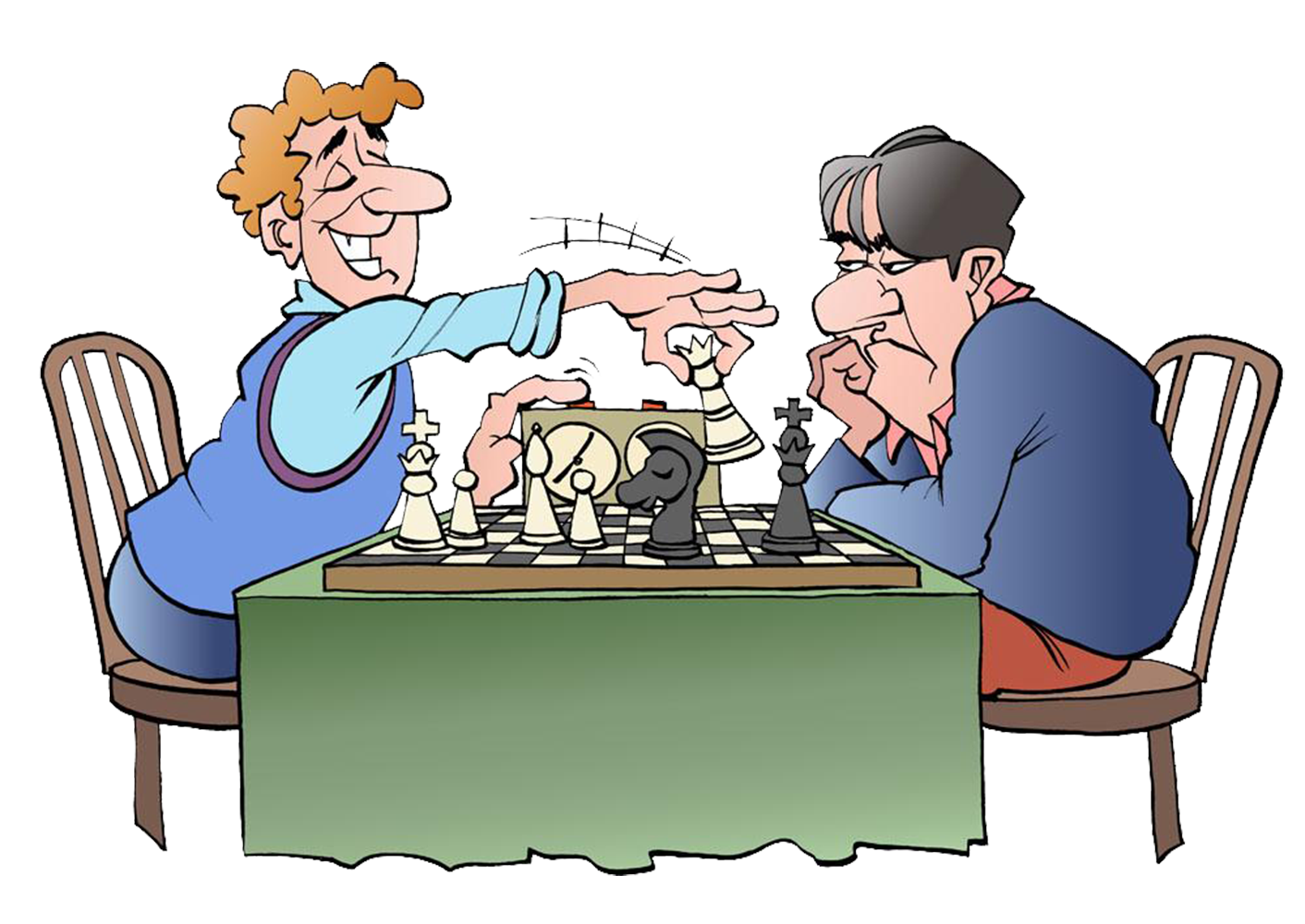- Details
 The Shannon number, named after Claude Shannon, is a conservative lower bound (not an estimate) of the game-tree complexity of chess of 10120, based on an average of about 1000 possibilities for a pair of moves consisting of a move for White followed by one for Black (two plies), and a typical game lasting about 40 such pairs of moves.
The Shannon number, named after Claude Shannon, is a conservative lower bound (not an estimate) of the game-tree complexity of chess of 10120, based on an average of about 1000 possibilities for a pair of moves consisting of a move for White followed by one for Black (two plies), and a typical game lasting about 40 such pairs of moves.
| The Shannon number refers to the number of possible chess games (103)40 = 10120 |
If you think that this is not impressive enough, please keep it in mind that the total number of atoms in the observable Universe as we know it, is estimated to be ca. 1080. ![]() WOW!!!
WOW!!!
Kind of more recently, Victor Allis, a Dutch computer scientist working in the artificial intelligence field, estimated the game-tree complexity of chess to be at least 10123, based on an average branching factor of 35 and an average game length of 80 plies.
- Details
 Claude Shannon, an American information theorist, estimated the number of theoretical chess positions to be of the general order of roughly 1043. This includes some illegal positions (e.g., pawns on the first rank, both kings in check) and excludes legal positions following captures and promotions.
Claude Shannon, an American information theorist, estimated the number of theoretical chess positions to be of the general order of roughly 1043. This includes some illegal positions (e.g., pawns on the first rank, both kings in check) and excludes legal positions following captures and promotions.
| The number of possible chess positions is ~ 2 x 1040 |
Taking these into account, Victor Allis calculated an upper bound of 5×1052 for the number of possible positions, and estimated the true number to be about 1050. Recent results improve that estimate, by proving an upper bound of only 2155, which is less than 1046.7 and showing an upper bound to actually be around 2×1040 in the absence of promotions. ![]() WOW!!!
WOW!!!
- Details
 Claude Shannon, an American information theorist, argued in 1951 that it is not feasible for any computer to actually solve chess, since it would either need to compare some 10120 possible game variations, or have a "dictionary" denoting an optimal move for each of the about 1043 possible board positions. It is thus theoretically possible to solve chess, but the time frame required (according to Shannon, 1090 years) puts this possibility beyond the limits of any feasible technology.
Claude Shannon, an American information theorist, argued in 1951 that it is not feasible for any computer to actually solve chess, since it would either need to compare some 10120 possible game variations, or have a "dictionary" denoting an optimal move for each of the about 1043 possible board positions. It is thus theoretically possible to solve chess, but the time frame required (according to Shannon, 1090 years) puts this possibility beyond the limits of any feasible technology. ![]() WOW!!!
WOW!!!
Recent scientific advances have not significantly changed these assessments. The game of checkers was (weakly) solved in 2007, but it has roughly the square root of the number of positions in chess. Jonathan Schaeffer, the scientist who led the effort, said a breakthrough such as quantum computing would be needed before solving chess could even be attempted, but he does not rule out the possibility, saying that the one thing he learned from his 16-year effort of solving checkers is to "never underestimate the advances in technology".
- Details
As you can guess it is not trivial to calculate the number of moves in a chess game that would be considered the longest one possible. However, according to mathematical analysis by Kurt Godden, an American data scientist and chess aficionado, the longest possible game is 5,870 full moves plus an additional move by White, which would be that final capture, apparently by White’s King resulting in a necessary draw, since only the Kings would be left on the board.
Feel free to give this theory a practical test with a friend!!! ![]()




